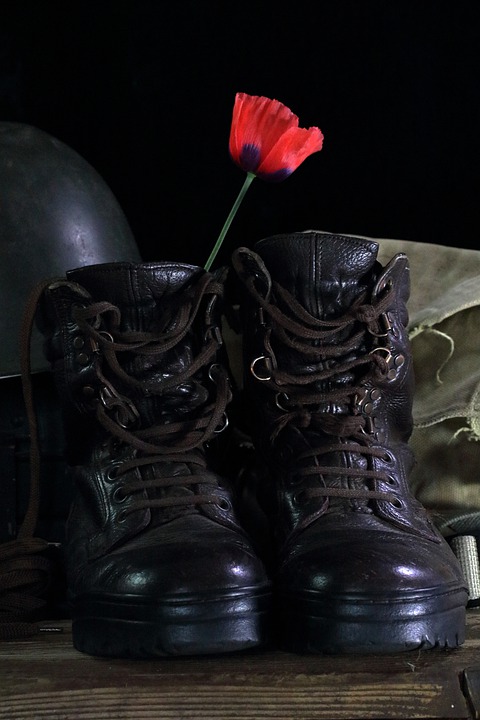The evolution of combat is a fascinating journey that has taken us from ancient warfare tactics to the complex and sophisticated modern tactics used in battles today. Throughout history, military strategies and techniques have evolved in response to changes in technology, society, and warfare itself. From the days of hand-to-hand combat and swords to the advanced weaponry and tactics employed in modern warfare, the evolution of combat has been a reflection of human ingenuity, innovation, and adaptability.
Ancient Warfare
In the ancient world, combat was often organized around hand-to-hand combat and close-quarters battles. Soldiers were trained in the use of spears, swords, and shields, and battles were often decided by the strength and skill of individual warriors. Ancient civilizations such as the Greeks, Romans, Egyptians, and Persians developed sophisticated military tactics and strategies that enabled them to conquer vast territories and establish powerful empires.
Greek Phalanx
One of the most famous military formations of ancient warfare was the Greek phalanx. This formation consisted of heavily armed infantry soldiers standing shoulder to shoulder in tight formation, with their shields overlapping to create a wall of protection. The phalanx was a formidable fighting force that enabled the Greeks to defeat larger and more powerful enemies through discipline, coordination, and teamwork.
Roman Legions
The Roman legions were another famous military formation that played a crucial role in the expansion of the Roman Empire. The legions were highly disciplined and trained soldiers organized into units that could move and fight in perfect harmony. The Roman military was known for its engineering prowess, with soldiers constructing elaborate fortifications, siege engines, and roads to support their campaigns.
Medieval Warfare
The medieval period saw the rise of feudal armies and mounted knights, with battles often fought on horseback or from fortified castles and strongholds. The introduction of gunpowder and firearms in the late Middle Ages revolutionized warfare, leading to the decline of traditional knightly combat and the emergence of new tactics and strategies.
Longbow and Crossbow
The longbow and crossbow were two of the most significant advancements in medieval warfare, enabling soldiers to strike their enemies from a distance with deadly accuracy. These weapons changed the nature of battles, as armies could now engage their opponents from afar, rather than relying on hand-to-hand combat.
Siege Warfare
Siege warfare became a common tactic in the medieval period, with armies laying siege to enemy castles and cities to starve them into submission. Soldiers used catapults, trebuchets, and other siege engines to breach enemy defenses and capture strategic strongholds.
Early Modern Warfare
The early modern period saw the rise of professional standing armies, national militias, and the widespread use of firearms in warfare. Military tactics and strategies became more sophisticated, with commanders employing a combination of infantry, cavalry, artillery, and logistical support to achieve victory on the battlefield.
Napoleonic Wars
The Napoleonic Wars in the early 19th century marked a significant turning point in military history, with Napoleon Bonaparte revolutionizing warfare with his use of combined arms tactics, rapid maneuvering, and massed artillery barrages. The use of conscription, uniformed armies, and modern logistics systems gave Napoleon a significant advantage over his opponents and allowed him to conquer much of Europe.
American Civil War
The American Civil War in the mid-19th century saw the introduction of new technologies such as rifled muskets, ironclad warships, and trench warfare. Battles were fought on a massive scale, with casualties mounting into the hundreds of thousands. The use of railroads, telegraphs, and other innovations in communication and transportation played a crucial role in determining the outcome of the war.
Modern Warfare
The 20th and 21st centuries have witnessed the continued evolution of combat tactics and technologies, with new advancements such as tanks, aircraft, submarines, and electronic warfare systems changing the nature of warfare once again. Military forces around the world have adapted to these new challenges by developing new strategies, doctrines, and training methods to ensure victory on the battlefield.
World War I
The First World War saw the introduction of trench warfare, chemical weapons, and tanks, leading to some of the bloodiest and most brutal battles in history. Modern artillery, machine guns, and aircraft were used to devastating effect, with millions of soldiers losing their lives in the conflict.
Modern Warfare Tactics
Today, modern warfare tactics rely on a combination of conventional and unconventional methods, with commanders employing a wide range of assets such as drones, satellites, cyber warfare, and special operations forces to achieve their objectives. The use of precision-guided munitions, stealth technology, and network-centric warfare has enabled military forces to operate with greater speed, precision, and effectiveness than ever before.
In conclusion, the evolution of combat from ancient warfare to modern tactics is a testament to the ingenuity, innovation, and adaptability of military forces throughout history. The development of new weapons, strategies, and technologies has transformed the way wars are fought, with commanders constantly seeking an edge over their opponents. As we look to the future, it is clear that the evolution of combat will continue, with new challenges and opportunities shaping the way wars are waged and won.


